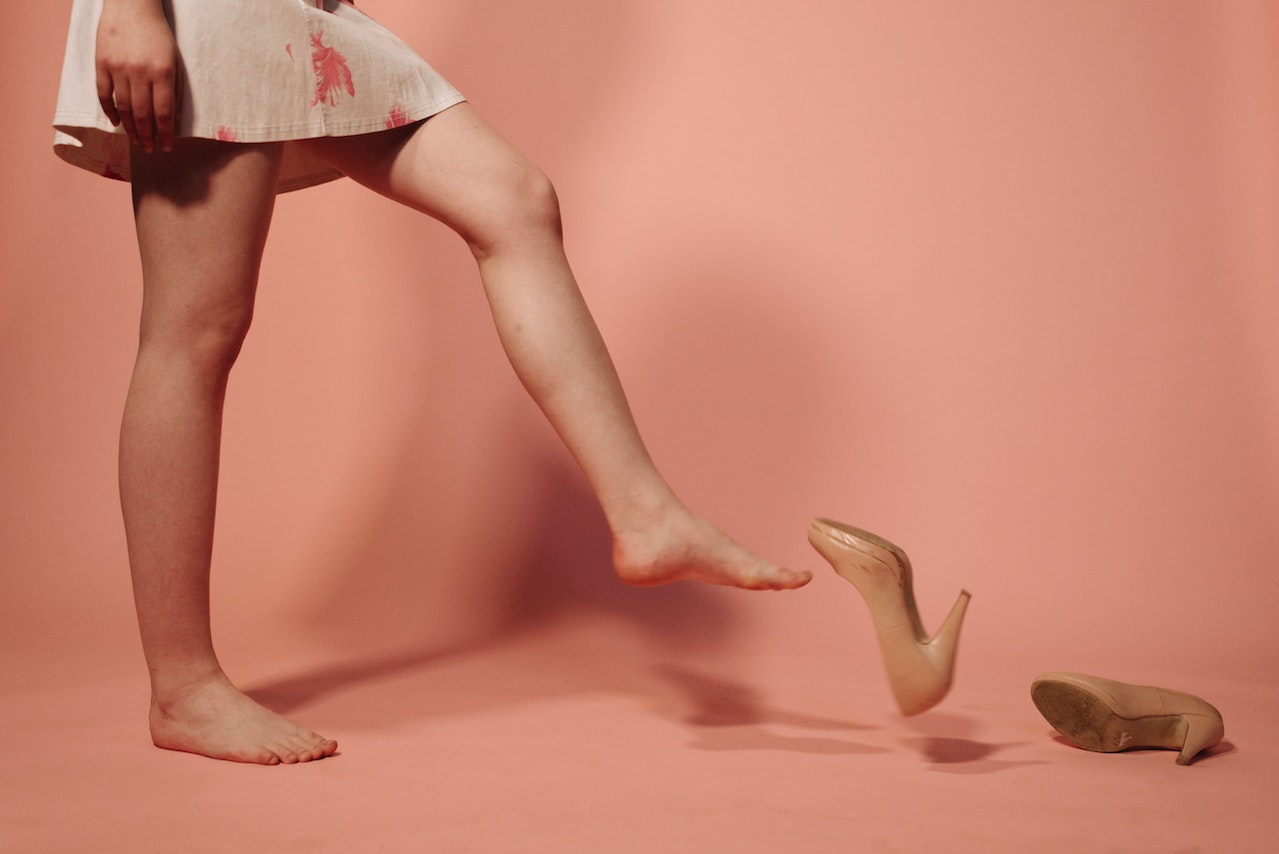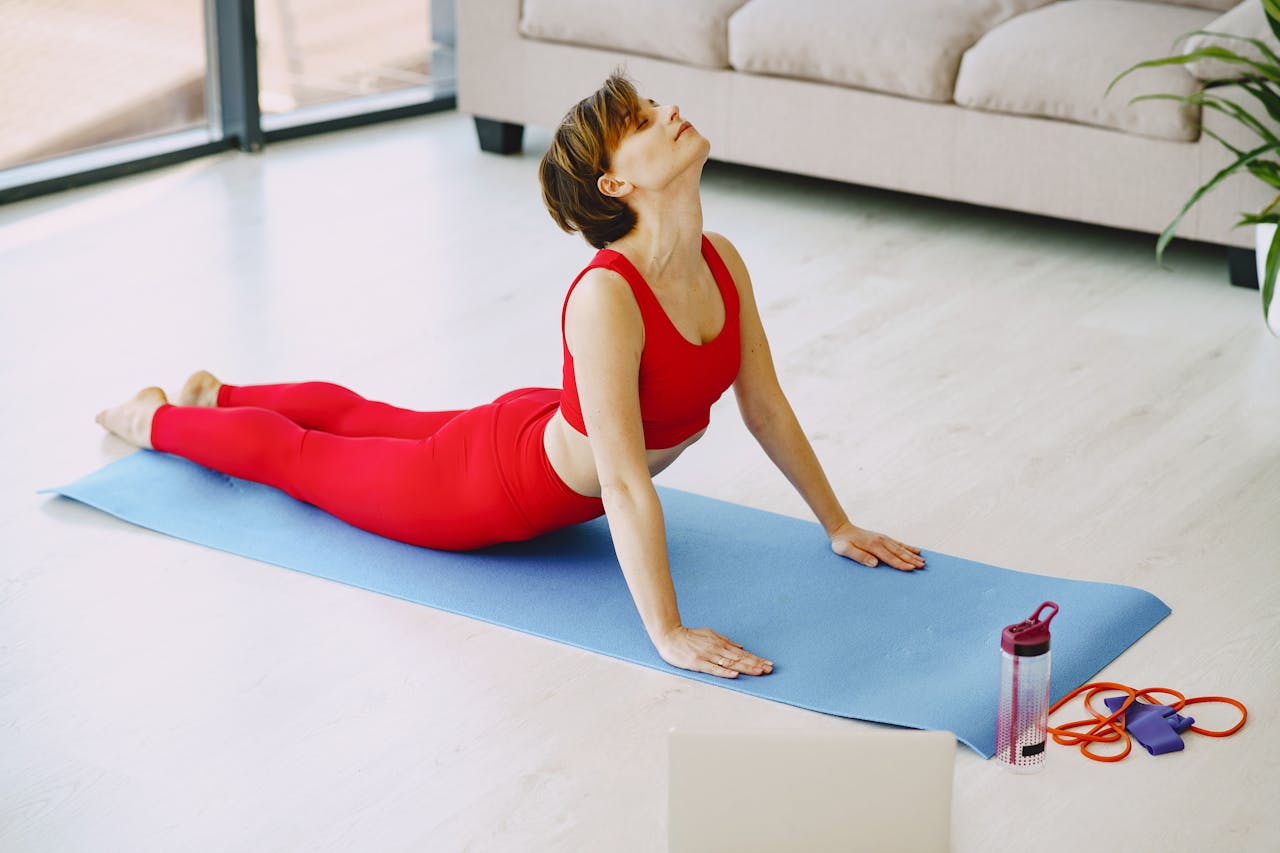Imagine that you’ve just welcomed a beautiful bundle of joy into your life after nine months of anticipation, your heart overflowing with love. But wait, what’s this? Your favorite pair of heels or cozy sneakers no longer fit comfortably on your feet! If you’re a new mom or planning to be, don’t fret. In this blog, we’re diving headfirst into the intriguing mystery of why your shoe size changes after pregnancy. So, let’s kick off this adventure!
Pregnancy is a remarkable journey filled with awe-inspiring changes, both physical and emotional. From that radiant pregnancy glow to the burgeoning baby bump, your body undergoes a series of transformations. While most changes are celebrated, there’s one you might not have anticipated – your shoe size shifting. Let’s explore the fascinating science behind this phenomenon and discover how to keep your feet happy and healthy post-pregnancy.
How Pregnancy Affects the Body
Pregnancy is a time of intense metamorphosis, and it’s not just your belly that expands. Several factors come into play, influencing how your feet change during this beautiful yet challenging phase.
1. Weight Gain: One of the most apparent changes during pregnancy is weight gain. This added weight places increased pressure on your feet, causing them to flatten and lengthen.
2. Hormonal Shifts: Pregnancy hormones can affect the ligaments in your body, making them more pliable. This includes the ligaments in your feet, which can lead to changes in arch height and overall foot structure.
3. Swelling and Fluid Retention: Many pregnant women experience edema, or swelling, in their feet and ankles due to the body’s increased fluid volume. This swelling can temporarily increase shoe size.
The Mechanics of Foot Growth
Now, let’s uncover the nitty-gritty details of how your feet grow during pregnancy. It’s like an exciting science experiment happening right under your nose (or, in this case, your feet).
1. Lengthening: As your body weight increases, the arch of your foot may lower, causing your feet to lengthen. This additional length can make your previous shoe size feel too snug.
2. Widening: Those hormones we mentioned earlier can also lead to the widening of your feet. The ligaments that hold the bones together become looser, allowing your foot to spread out.
3. Changes in Pressure Points: The redistribution of body weight can alter the pressure points on your feet, making shoes that used to be comfortable now feel like instruments of torture.
Coping with Changed Shoe Size
So, what can you do to cope with your evolving shoe size during and after pregnancy? Here are some practical tips to help you step into comfort:
1. Reevaluate Your Shoe Collection: Say farewell, at least temporarily, to those beloved high heels and snug-fitting shoes. As your body undergoes numerous changes during and after pregnancy, including an increase in fluid retention and weight gain, your feet will likely follow suit. It’s essential to embrace loose, supportive footwear that accommodates your changing foot shape. Opt for shoes with roomy toe boxes that allow your toes to spread comfortably. Your favorite stilettos may need to take a hiatus, but your feet will thank you.
2. Shoe Shopping Tips: When shopping for new shoes, timing is key. Make your shoe shopping excursions later in the day when your feet are likely to be at their most swollen. This simple trick ensures a more accurate fit, as it accounts for the natural fluctuations in your foot size that occur throughout the day. Remember that our feet can expand by as much as half a shoe size during the course of a day, and being aware of this can help you select the right size that accommodates these changes.
3. Maternity Shoes: Consider investing in maternity shoes specifically designed to address the unique needs of expectant and new mothers. Maternity shoes often come equipped with extra cushioning and support, which can provide much-needed relief for your feet during and after pregnancy. These specialized shoes are not only comfortable but also stylish, allowing you to maintain your fashion sense while taking care of your feet.
4. Orthotic Devices: If you’re experiencing discomfort or heel pain, it’s worth considering arch and heel support inserts. These inserts provide the necessary support for both your arches and heels, alleviating stress on your feet and making a significant difference in your comfort. And if you are experiencing discomfort or pressure in your toes, consider using toe spacers. These simple and effective devices can help relieve crowding and friction between your toes, making your footwear more comfortable and preventing issues like bunions. They fit snugly between your toes, promoting proper alignment and reducing the risk of toe-related discomfort.
Taking Care of Your Foot Health
Your feet have been on quite the adventure during pregnancy, and they deserve some TLC. Here’s how to pamper those hardworking feet:
1. Foot Massages: Regular foot massages can ease discomfort and reduce swelling. You deserve a little self-care!
2. Staying Active: Low-impact exercises like swimming or yoga can help keep your feet strong and healthy.
3. Consult a Professional: If you experience persistent foot pain or discomfort, consult a podiatrist or a healthcare professional. They can provide tailored solutions to address your specific concerns.
Conclusion
The journey through pregnancy is filled with surprises, and one of the less-talked-about ones is the change in shoe size. Understanding the mechanics of this transformation can help you adapt and ensure that your feet remain comfortable and pain-free.
So, embrace your new shoe size, explore the world of barefoot shoes for walking, and enjoy the wonderful journey of motherhood with happy, well-supported feet. Remember, those adorable baby steps are much more enjoyable when your own steps are comfortable and pain-free. Congratulations on your pregnancy and the exciting adventures that lie ahead!




